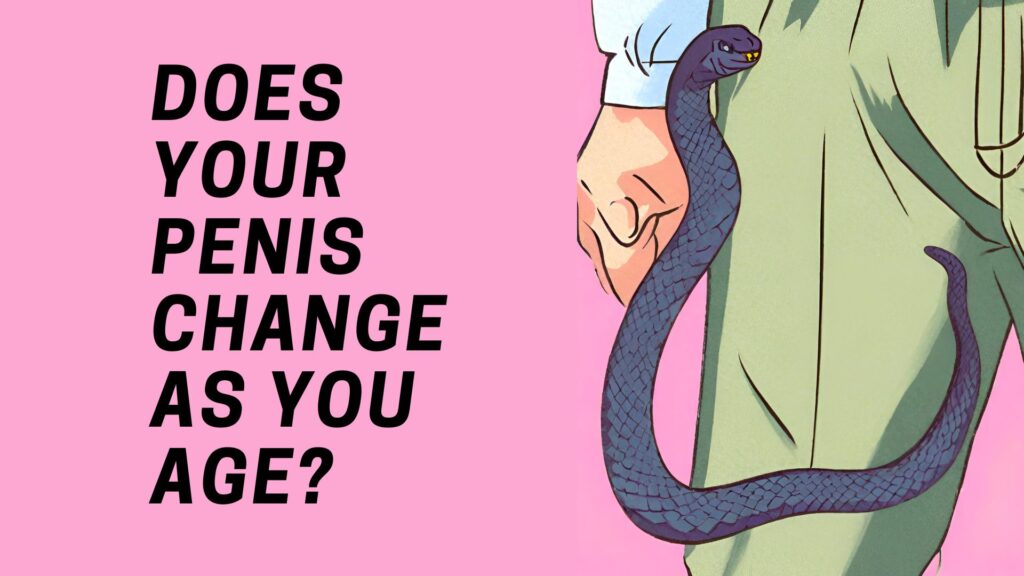Understanding Hair Loss
Introduction
Unlike in some other mammals, hairs primarily serve an aesthetic function in humans, especially those on the scalp. However, this function should not be undervalued, as humans are psychological beings. Hair loss may not threaten life, but it can severely affect self-esteem and emotional wellbeing.
Hair grows outside the body. They keep growing during the human lifetime, though their growth and pigmentation may slow down with aging. Additionally, it is worth understanding that human hairs go through various growth phases.
Understanding the phases of hair growth
During their lifetime, hairs go through three phases of growth, and the fourth and final phase is of shedding hair.
- Anagen: The growth phase is also the longest phase lasting 2 to 10 hears. However, it appears to last for about a maximum of 5 to 6 years for the scalp. Since hair on the human scalp can grow quite long, 90% of all hairs are in this phase at any given time.
- Catagen: This is a short-lasting transition phase when active hair growth ends, and hairs get separated from the hair follicle. During this phase, hair follicles shrink. Experts estimate that about 1% of the hairs on the scalp are in this phase.
- Telogen: also called resting phase. About 9% of the hairs on the scalp are in this phase, and they remain in this phase for about three months. After this, they start falling as they are released from the hair follicle.
- Exogen is the shedding phase and is often regarded as part of the telogen phase. In this phase, the scalp sheds hair, and they fall. It is estimated that 50-100 hair falls from the scalp daily, and it is completely normal. This phase lasts for a few months, and during this phase, new hairs start growing in the follicles that have shed the old hair.
Androgenic alopecia
It is the most common cause of hair loss and even permanent baldness in men and women. It affects about 50% of men and women. However, it is more visible in men as hair loss is more significant in the frontal area, causing typical male pattern baldness.
In recent years, researchers have started calling it not just androgenic but androgenetic alopecia. It is because now science realizes that there are both androgenic and genetic components. After all, the condition might be caused by androgens, but it runs in families.
In those diagnosed with androgenic alopecia, the hair ratio in the anagen to telogen phase is reduced from 12:1 to 5:0, which is a considerable shift. It means a significant decline in growing hair, and no hairs are in the resting phase.
What exactly causes androgenic alopecia?
The onset of androgenic alopecia occurs during adulthood. It appears that some people are genetically sensitive to androgens. These individuals are susceptible to specific metabolites of testosterone.
In humans, an enzyme called 5-alpha-reductase plays an important role in testosterone metabolism. It converts testosterone to one of its active forms called dihydrotestosterone (DHT). In some genetically sensitive individuals, 5-alpha-reductase is in excess in hair follicles, and this, along with genetic susceptibility, leads to hair loss.
Androgenic alopecia – signs and symptoms
Androgenic or androgenetic alopecia is relatively easy to identify. Its onset is gradual, unlike hair loss due to fungal infection or other causes. Another feature is the thinning of the frontal hairline.
Generally, close examination and history taking are enough for doctors to diagnose the condition. However, doctors may order some tests to exclude other conditions. Thus, they may ask for blood tests to exclude iron deficiency anemia, thyroid issues, and other rare ailments.
To conclude, androgenic alopecia is quite a common issue. It is the leading cause of hair loss in men and women, though it may be more visible in men due to a typical pattern of hair loss. It occurs due to genetic sensitivity to androgens. It may not be cured, but it can be effectively managed with the help of medications.











